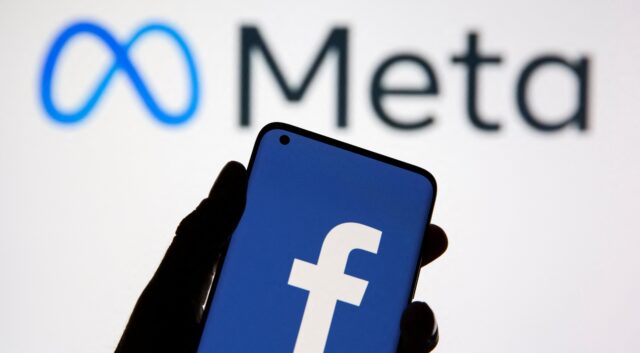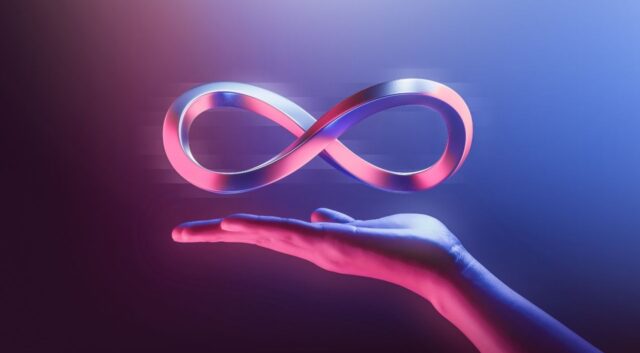Web design trends are constantly changing. In 2020, the technical possibilities seem endless and we’re seeing designers play with extremes, reinvent previous styles and ceaselessly experiment with new techniques. At the same time, there are some popular styles that just won’t go away, such as the ever-present minimalism and colorful flat illustrations we’ve been seeing for some time now.
So, what will the web design trends 2020 be? If you want to discern the newest trends early on you’ll need help from the experts. We asked some of the top designers in the 99designs community what 2020 web design trends they’re seeing. Here’s what they came up with, based on their knowledge of the craft.
“I believe that one of the main trends of 2020 will be dark design, mainly focusing on UI design giving users an option to enable dark theme. Dark backgrounds make design elements stand out more, creating a higher contrast ratio with the use of other colors, but still improving visual ergonomics by reducing eye strain.”
– DarkDesign Studio
Dark mode web designs not only look ultra modern, but they’re easy on the eyes and make colors and design elements pop.
Sometimes the most visually stunning web design trends have practical beginnings. Dark themes are better for OLED screens—saving power and extending screen lifespans—but that utility doesn’t stop them from looking good. Dark backgrounds improve the visibility of other accent colors for truly dynamic design.
Imperfect, hand-drawn design elements inject emotion and humanity into websites, which users seem to be craving after seeing perfected yet impersonal graphics dominate web designs for years. In 2020, adding some hand-drawn realness gives web designs the heart and soul visitors find appealing.
“A big trend next year will be hand-drawn icons. They’re more emotional, but on a positive note. This trend is connected to the fact that we need more positive stuff around, something that can brighten up the day.”
– Elisabetta Calabritto
“I expect to see more use of 3D technology in graphic design and interaction design. Technology pushes the design and vice versa. Designers are armed to their teeth with vast options for creative “roaming” in 3D space. They step up the interaction game by including all of our senses in the experience.”
– Pinch Studio
3D visuals have always delighted people; what held this trend back was technology and the (previously) expensive price tag. But as Pinch Studio explains, the technology is now in a place where you can design in 3D without NASA-tier equipment, opening the gates to more and more designers.
This trend is all about creating depth. Like the 3D effect from above but want to tone it down? Soft shadows and floating elements add interest and depth and give your web page a “3D Lite” look. It’s not just graphics either: you can use this effect with text and photos, too.
Taking the principles of material design a step further, designers can add a little extra pizzazz to 2D layouts with soft drop shadows and layering elements on top of each other for extended depth. These effects give the design a lightweight feel, as if the elements are floating over each other—a sharp contrast from classic, impenetrable flat design where the layers seem, well, flat.
Overlapping original graphics on top of real photographs creates a memorable visual, which lends itself to letting your creativity go wild.
This collage-like trend is a versatile one; you can use it to add a special cuteness and charm to otherwise bland product photo (TSP stoneware, above), or you can use its more serious attributes to better communicate complicated or abstract concepts like tech or finance. It’s a way to customize your imagery and add more personality (a reoccurring trend in 2020) to your web design.
“I am really digging the white space around websites, steering away from full bleed images and parallax designs. When something is ‘framed’ it gives the image more of a position on the site so that websites tend to ‘pop’ and stand out more.”
– Daan Spits
Full bleed layouts have been trending in web design for quite some time. Now, designers are gravitating towards solid structures and playing with different ways to use lots of white space (and space of any color, for that matter) to give their designs more structure and make use of clean framing to give their designs stability and a canvas to jump off of.
As we head into 2020, we’ll be seeing courageous color pairings, used strategically to make web designs jump off the screen. Web design is becoming more bold and daring, using glow-in-the-dark neons and highly saturated colors in combination with darker, muted shades to give the designs a luminous feel.
Duotone web designs in particular make this trend shine. Duotone keeps reinventing itself to maintain its place at the forefront of design. This latest iteration is the boldest yet, relying on futuristic, neon pops of color and stark color opposites to make veritably vivacious visuals.
With the rise of wearable devices like smartwatches, web design in general is thinking smaller. The area most affected by this is navigation, the glue that holds a website together. Over the last few years, navigation has been getting simpler and simpler to accommodate extremely small devices and even smaller attention spans.





